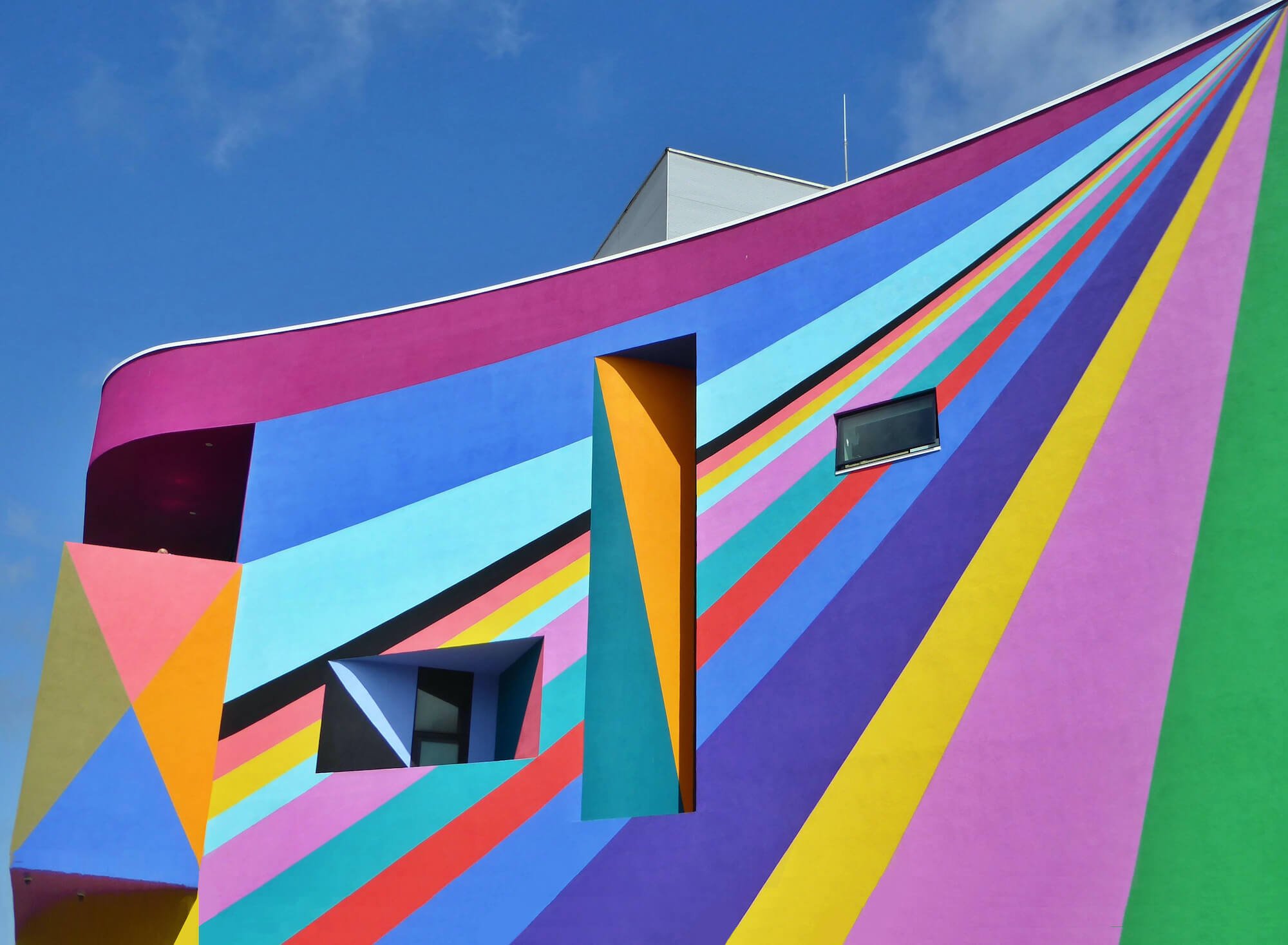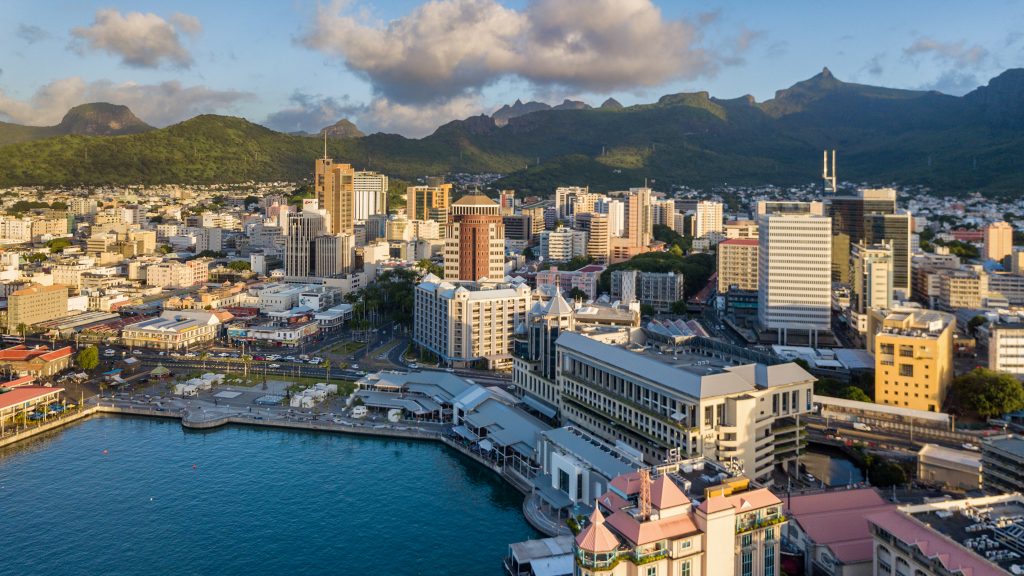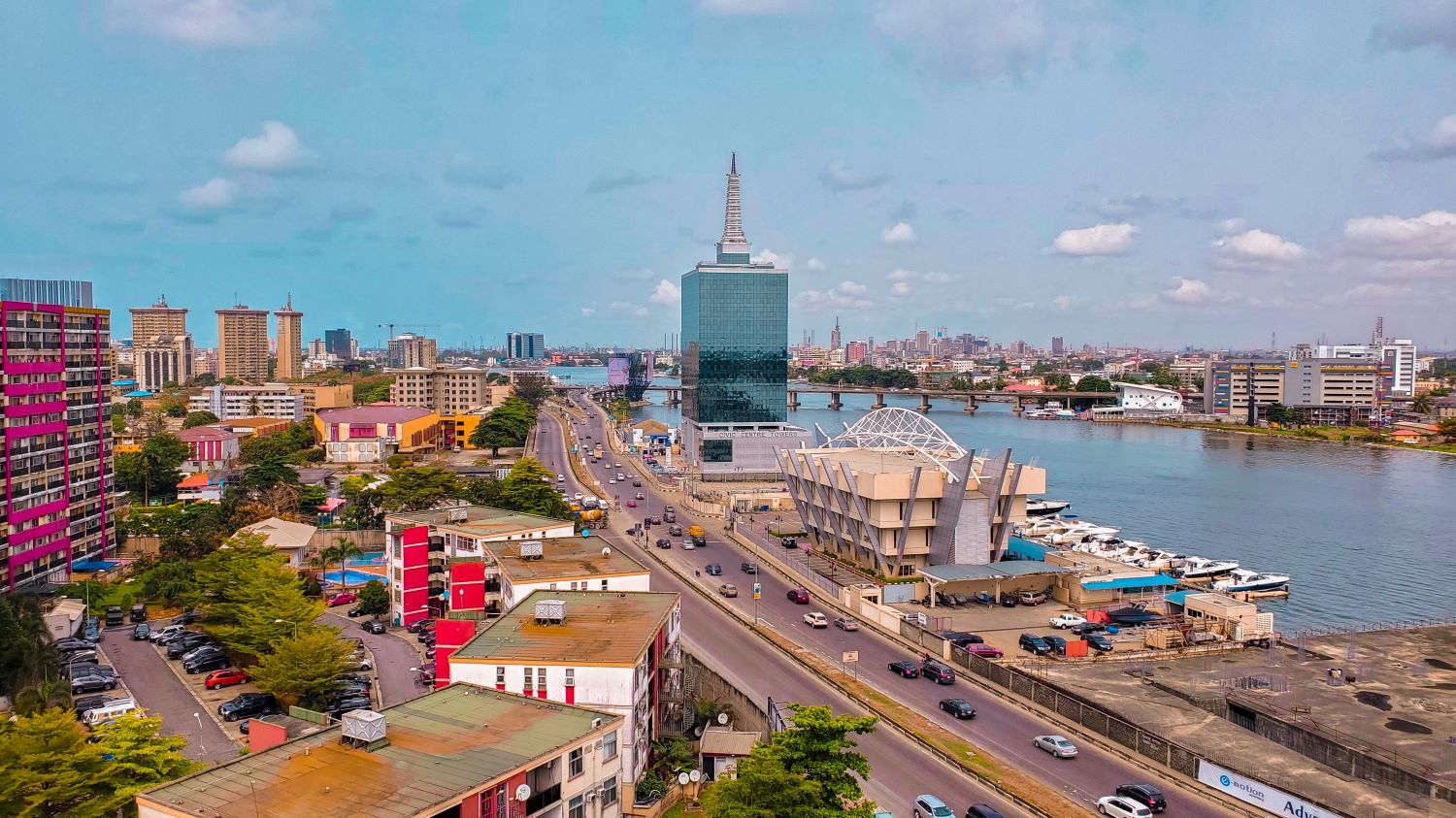Africa
AfDB Ranked Most Transparent Organisation Globally
Publish What You Fund, the global campaign for aid and development transparency, has named the African Development Bank (AfDB) the most transparent organisation in the world. Released recently with a top score of 98.5 out of 100, the Bank’s sovereign portfolio now ranks first out of 50 global development institutions in Publish What You Fund’s 2022 Aid Transparency Index. Reacting to the top ranking, elated President of AfDB, Dr. Akinwumi Adesina, attributed the recognition to the relentless efforts of the more than 2,000 personnel across its organisation, whom he said works tirelessly to accelerate Africa’s progress. He said they consistently deliver top quality under the highest levels of scrutiny.
Source: The Guardian
East Africa
East African GDP jumps to USD 245 Billion after DRC Joins Bloc
The Democratic Republic of Congo recently completed the last and most important step of joining the East African Community (EAC). At a function held at the EAC headquarters in Arusha, Tanzania, on Monday, the DRC officially became a member of the EAC after depositing instruments of ratification on the accession of the EAC Treaty with the bloc’s secretariat. DRC now has full rights and privileges like any EAC member to participate in EAC’s programmes and activities and affirms to meet the obligations of the EAC. With a population of about 92 million people, it holds almost half of the population of the EAC member states and is thus a huge market. The entry of DRC portends growth in various sectors, and also increases the population to above 300 million. The combined gross domestic product (GDP) will also rise to USD 250 billion. The DRC’s entry is expected to remove restrictions on the free movement of people and goods and increase intra-EAC exports to the DRC, which currently stand at USD 7.4 billion.
Source: Business Daily
Kenya
Over 4 Million Kenyans Own Crypto, Highest Share in Africa
Kenya has the largest share of its population with cryptocurrencies in Africa, says the United Nations, pointing to the country’s exposure to the ongoing meltdown in the crypto market. A report by United Nations Conference on Trade and Development (UNCTAD) says that 8.5 percent of the population or 4.25 million people own cryptocurrencies in the country. This places Kenya ahead of developed economies such as the United States, which is ranked sixth with 8.3 percent of its population owning digital currencies. War-torn Ukraine is ranked top, with 12.7 percent share of its population with cryptocurrencies, followed by Russia (11.9 percent), Venezuela (10.3 percent) and Singapore (9.4 percent). This has hit the estimated four million Kenyans, mainly young and small traders, who in recent years have flocked to cryptocurrencies in the hope of quick returns, despite warnings from regulators such as the Central Bank of Kenya that the emerging assets can be high-risk.
Source: Business Daily
Kenya
Kenya Seeks to Rival London, Dubai with New Financial Hub
Kenya will finally launch its international financial centre in the capital Nairobi today after years of preparation to attract large foreign firms and boost capital flows. The Kenyan hub is expected to model Nairobi as a financial district in line with existing financial centres in European, Middle East and the Far East capitals such as London, Dubai and Hong Kong. Despite Kenya’s relatively developed capital markets, 75 percent of all business financing in the economy was from the banking sector, while the balance came from the capital markets, the Treasury said earlier, adding that the situation was not ideal. The centre, which has been in the works since 2014, is meant to help direct international investment to Kenya, enabling companies and investors to take advantage of trade and investment opportunities. It aims to raise more than USD 2 billion in investments by 2030.
Source: Business Daily
Nigeria
Government Targets USD 39 Billion from Public-Private Partnerships in Two Years
The federal government is hoping to generate about USD 39 billion from privatisation of public institutions between 2021 and 2022, the acting director-general of the Infrastructure Concession Regulatory Commission (ICRC), Michael Ohiani has said. The ICRC boss, who disclosed this on Monday, 4 July, in Abuja, at the opening of a two-day summit of the Africa Public-Private Partnership (PPP) Network, hinted that in 2021, the ICRC published a pipeline of 51 eligible and bankable PPP projects, worth over USD 17 billion. According to him, the list contained the projects from different economic sectors which have been granted the Outline Business Case Compliance Certificates, but which did not have identified bidders. He added that for 2022, ICRC intends to gazette a pipeline of 53 eligible and bankable PPP projects, worth about USD 22 billion, very soon. These bring the total sum of the proposed bankable projects to USD 39 billion. He further stressed that as of May 2022, there are 77 post-contract PPP projects under implementation at the ICRC Projects Disclosure Portal, which is the first disclosure portal in the world, established in collaboration with the World Bank.
Source: The Guardian
Nigeria
Nigeria Secures Lion’s Share of USD 65 Billion World Bank Funding
The federal government of Nigeria, recently, secured the biggest share of the USD 65 billion (approx. NGN 27 trillion) funding from the World Bank’s International Development Association to African countries. This was as the international organisation unveiled the 20th replenishment package, IDA-20, in Dakar, the Senegalese capital, to help low-income countries respond to the COVID-19 crisis and build more resilient economies. According to a statement signed by the Senior Special Assistant to the President on Media and Publicity, Garba Shehu, 70 per cent (USD 65 billion) of the entire package which amounted to USD 93 billion (approx. NGN 38 trillion), will be channelled to various African states with the largest share being allocated to Nigeria. The statement is titled ‘At Dakar summit, Nigeria gets a big slice of IDA financial package’. The President, Major General Muhammadu Buhari (retd.), who joined other African leaders in Dakar, said the “largest financial package ever mobilised in the history of the IDA” will prioritise some key areas such as: agriculture and food security, human capital, climate change adaptation, bridging the gender gap, job creation, digital and technological innovation, among others.”
Source: The Punch
South Africa
Construction Begins on One of the World’s Largest Solar and Battery Facilities
Norwegian renewable energy firm Scatec ASA has started construction of the three Kenhardt projects in the Northern Cape Province of South Africa. Scatec can now begin project construction after reaching financial close under South Africa’s renewable development programme, the Risk Mitigation Independent Power Producer Procurement Programme (RMIPPPP). Once operational, the project will have a total solar capacity of 540MW and battery storage capacity of 225MW/1,140MWh. It will provide 150MW of dispatchable power under a 20-year Power Purchase Agreement to the Kenhardt region.
“This project is a first of its kind and will be one of the world’s largest solar and battery facilities. We are now looking forward to starting construction of this unique and exciting project, which will be a major contribution to South Africa’s economy and green energy sector,” says Scatec CEO Terje Pilskog. The project will be the largest investment in Scatec’s history with a total capex of approximately ZAR 16.4 billion (USD 962 million).
Source: Power Engineering International
Tanzania
Tanzania Signs USD 3 Billion Deal for Southern Africa’s Largest Industrial Park Project Vice President Dr Philip Mpango has witnessed the signing of the Memorandum of Understanding (MoU) for the execution of the Sino Industrial Park project worth USD 3 billion (approx. TZS 6.94 trillion). The project will become the largest industrial park in the southern part of Africa. The deal was signed on Wednesday afternoon during the closure of the 46th Dar es Salaam International Trade Fair held at Sabasaba grounds in Tanzania’s business capital. The discussions for the multi-billion project were facilitated by Tanzania Trade Development Authority (Tan Trade)’s under sellers and buyers forum held in the city. Elaborating more on the deal, the Permanent Secretary in the Ministry of Trade, Industry and Investment, Prof Godius Kahyarara said the biggest industrial park in the Sub-Saharan region will provide approximately 100,000 direct employment opportunities while other 300,000-400,000 vacancies will be generated indirectly.
Source: All Africa
Reports
Global Economic Prospects | World Economic Forum
Just over two years after COVID-19 caused the deepest global recession since World War II, the world economy is again in danger. This time it is facing high inflation and slow growth at the same time. Even if a global recession is averted, the pain of stagflation could persist for several years— unless major supply increases are set in motion. Amid the war in Ukraine, surging inflation, and rising interest rates, global economic growth is expected to slump in 2022. Several years of above-average inflation and below-average growth are now likely, with potentially destabilizing consequences for low- and middle-income economies. It’s a phenomenon—stagflation—that the world has not seen since the 1970s.
The forecasts reflect a sizable downgrade to the outlook: global growth is expected to slow sharply from 5.7 percent in 2021 to 2.9 percent this year. This also reflects a nearly one-third cut to theJanuary 2022 forecast for this year of 4.1 percent. The surge in energy and food prices, along with the supply and trade disruptions triggered by the war in Ukraine and the necessary interest rate normalization now underway, account for most of the downgrade.
Click here to download the report.
Chief Economist Outlook | World Economic Forum
The May 2022 Chief Economists Outlook comes out amid extremely high uncertainty about geopolitical developments, the trajectory of the global economy and the next steps for economic policy. Instead of entering a post-COVID recovery phase, economies are experiencing additional shocks, first and foremost from the war in Ukraine and associated geopolitical repercussions, but also from new outbreaks of COVID-19 and lockdowns in major industrial centres. Beyond the immediate humanitarian impact of the conflict and the ongoing health consequences of the pandemic, this has meant downward revisions to growth prospects and exacerbated inflationary pressures from disruptions to commodities and food supplies. Oil and gas price shocks are complicating the balance between energy security and the transition to greener energy sources, while rising food and commodity prices are threatening lives and affecting the cost of living across the world. Concerns over debt sustainability, capital flight and currency depreciation in low- and middle-income countries are on the rise as monetary policy in major economies is tightened.
Click here to download the report.
Renewable Energy Market Analysis | IRENA
Africa is at a crossroads. For many of the people of this vast and diverse continent, access to affordable, clean and sustainable energy remains an aspiration. The need for better and more abundant energy is evident in many walks of life, from households relying on dirty fuels for cooking and farmers lacking energy to harvest their crops, and from health clinics struggling to power operating rooms to businesses contending with power outages. Climate change is fast adding new challenges in the form of extreme weather events, rising temperatures and more variable rainfall. Renewable energy can help to resolve many of these social, economic, health and environmental challenges. Renewables are key to overcoming energy poverty, providing energy services without damaging human health or ecosystems, and enabling sustainable socio-economic development. As this report shows, a transition to a renewables-based energy system in Africa promises substantial gains in GDP, employment, and human welfare in each of the continent’s constitutive regions.
Click here to download the report.
The Global Covid-19 Fintech Market Impact and Industry Resilience Study | World Economic Forum
The Global COVID-19 Fintech Market Impact and Industry Resiliency Study provides insights into the medium-to-longer-term impact of the pandemic on the financial technology (fintech) industry. In this study, we gathered data on three key areas. This study follows on from The Global COVID-19 FinTech Market Rapid Assessment Study (from now on referred to as The Rapid Assessment Study), which focused on the short-term effects of COVID-19 on the fintech industry. This study has been jointly developed by the Cambridge Centre for Alternative Finance (CCAF) at the University of Cambridge Judge Business School, the World Bank Group (WBG), and the World Economic Forum (WEF).
Overall, the global fintech industry has been more resilient to the pandemic than initially reported in The Rapid Assessment Study, albeit with greater differences at the vertical and country level. Globally, all verticals grew at a faster pace than reported in our previous study, except data analytics. Retail-facing fintech platforms in this panel reported increases of 47 percent in gross values transacted from USD 358 billion in 2019 to USD 526 billion in 2020.


